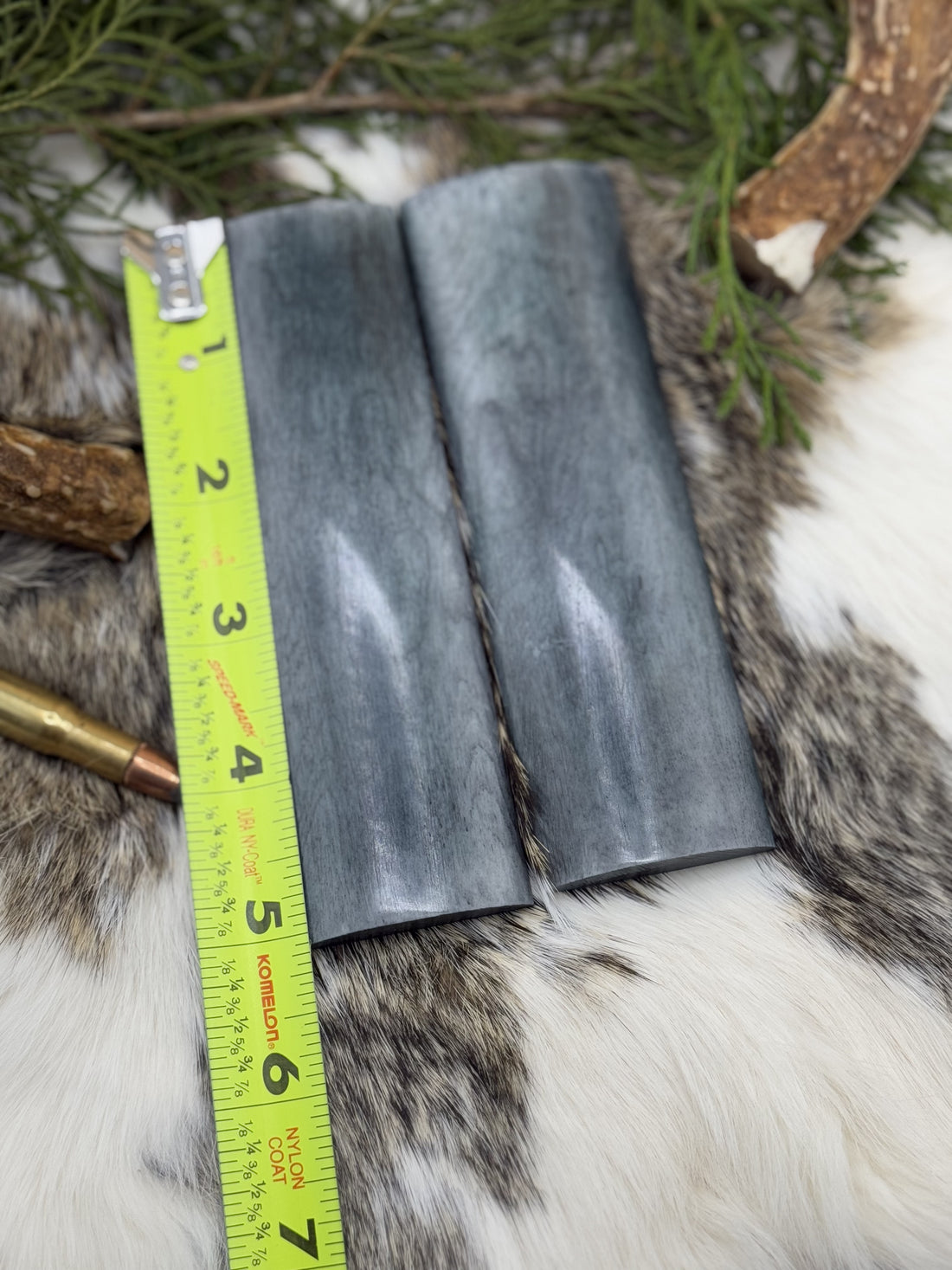Ever watched a chef skillfully slice through vegetables with ease or a hunter field dress a game animal effortlessly? It's not just about technique; the knife plays a central role. Knives have been indispensable tools throughout human history, not just for kitchen use but in hunting and even tactical fields. Fascinatingly, the art and science of knife making have evolved, introducing innovative techniques suited for a variety of applications such as hunting, kitchen tasks, or tactical use by military and first responders.
In the realm of knife crafting, techniques such as forging and stock removal serve as foundational methods. Forging, an age-old practice, involves heating steel and carefully hammering it into shape, which offers strength and durability. In contrast, stock removal is all about precision, where blade shapes are meticulously cut from steel blanks and then refined. Heat treatment is another critical aspect, altering the steel's microstructure, enhancing both its hardness and flexibility. This complex process underscores the importance of choosing the right steel for blade blanks, as it defines how well the knife will maintain its edge under regular use.
A knife's worth is determined by more than just its blade. The materials selected, particularly high-carbon or stainless steel, affect longevity and performance. Handle ergonomics play a vital role in user comfort, ensuring a balanced and secure grip for both everyday and intensive use. A well-balanced knife not only feels good in hand but also enhances control and reduces fatigue. Edge retention, which depends on the material and treatment of the blade, guarantees the knife remains sharp, reducing the frequency of sharpening required.
Different knives serve different purposes, whether it's the precision of kitchen knives for slicing vegetables or the sturdiness of bushcraft knives for outdoor survival. Hunting knives are crafted for effective field dressing and processing game, while tactical knives offer reliability and versatility for first responders in emergencies. Each type demands tailored features to excel in its respective function, underscoring the need for specialized manufacturing techniques.
Knife safety, maintenance, and sharpening are vital for prolonging a knife's life and ensuring peak performance. Regular maintenance involves cleaning, proper storage, and using a honing rod or sharpening stone to maintain the edge. It's important to adhere to safety standards, such as keeping knives stored safely away when not in use and always cutting away from the body.
When purchasing a knife, there are essential considerations that can guide you to make an informed decision. Pay attention to the type of steel used, the comfort of the handle, and the knife's intended use. Avoid common mistakes such as choosing blades that are cheaply made or not reviewing customer feedback for high-quality brands. For those interested in premium knives, custom-made options provide the opportunity for personalized features, whereas trusted brands often offer reliable performance at various price points.
If you're seeking durable, high-performance knives, now is the time to explore our exclusive knife collection crafted with precision and care. Our range covers everything from expertly forged kitchen tools to tactical knives designed for field reliability. Elevate your cutting experience and ensure you're equipped with the best tools available. Engage with our community by sharing your experiences or contact us with any questions. Discover the difference a quality knife can make and take the step towards upgrading your tools today. Experience craftsmanship that stands the test of time and transforms the way you approach every task.

